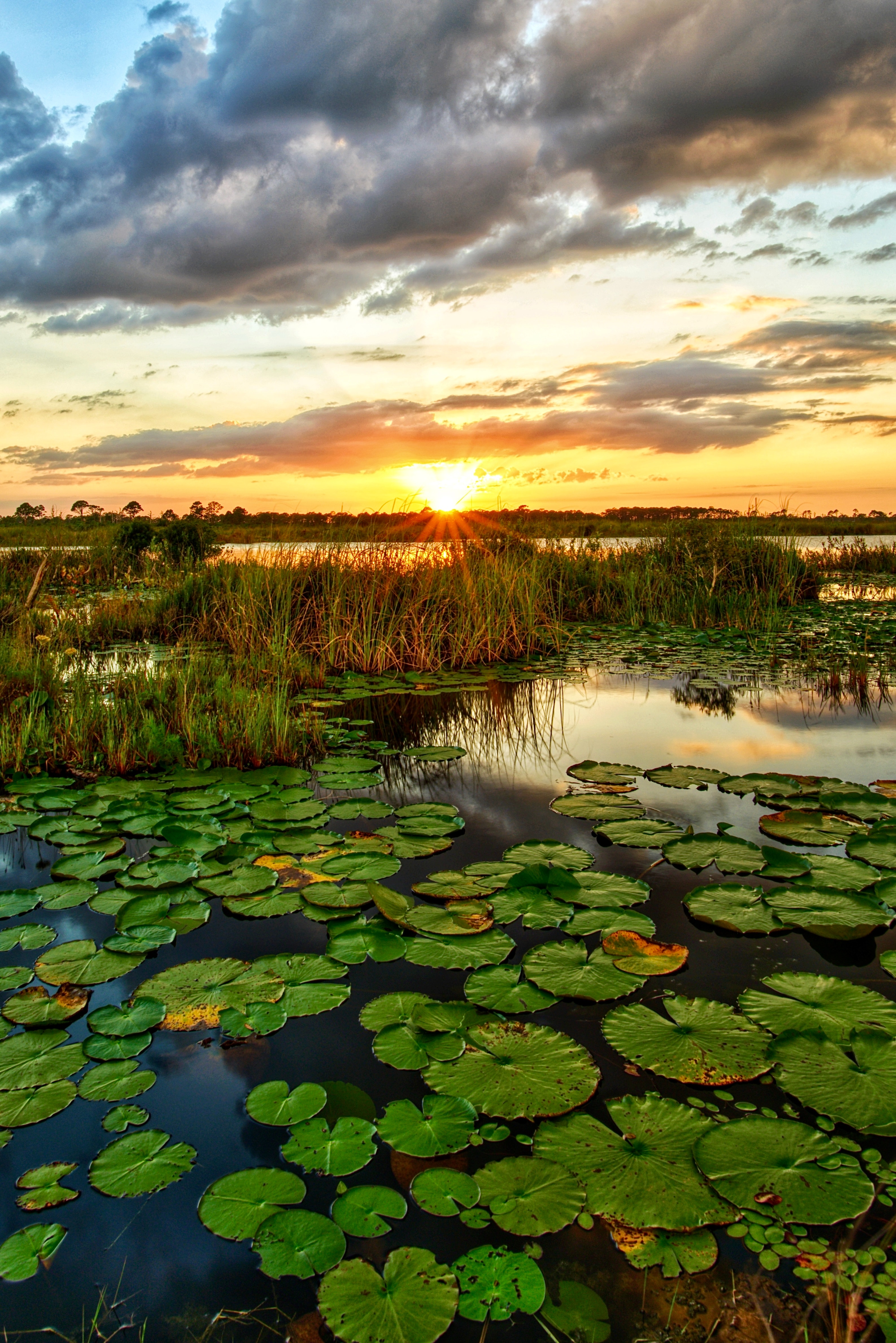There are known carbon ecosystems such as inland wetlands that are known as teal and coastal wetlands that are known as blue. These two carbon ecosystems are known as essential natural climate solutions and are long-term carbon sinks. Further, there are two potent greenhouse gases nitrous oxide and methane, which are complicating the benefits of blue and teal carbon wetlands.
The significance of wetlands
An essential global component of nitrogen and carbon cycles are inland and wetlands and vegetated coastal wetlands. The reason why wetlands are significant is because this natural element can preserve and store atmospheric carbon dioxide (CO2) in sediments at densities and high rates for millennia and centuries. Blue carbon is the long-term storage of inorganic and organic carbon in coastal wetlands such as seagrasses, mangroves and tidal marshes. While teal carbon is where carbon is stored in inland wetlands such as swamps, marshes and ponds. The article mentions that “protecting and restoring wetlands is an increasingly popular natural climate solution to mitigate climate change while supporting other sustainable development goals, such as contributing to cleaner water, coastal protection, sustainable livelihoods, and higher biodiversity”.
How wetlands are carbon sinks?
At an ecosystem scale, wetlands are known to be as efficient as a carbon sink especially in the mitigation of climate change. Further, Malerba and other researchers state that there is a complication in the assessment of wetlands acting as a carbon sink. The reason is that wetlands emit greenhouse gases into the atmosphere in various forms such as nitrous oxide, methane, and carbon dioxide and these fluxes are varied and not stable. In sum, there are numerous factors that influence greenhouse gas fluxes in wetlands. The article gives a case, “for example, low dissolved oxygen concentrations in sediments can boost methane production, or nitrogen pollution can generate N2O, a greenhouse gas nearly 300 times more potent than CO2. These processes are highly variable over spatial and temporal scales and challenging to predict but can have profound implications on wetlands’ warming and cooling effects on the atmosphere.”
There is a growing enthusiasm for teal and blue carbon, however, greenhouse gas emissions can reduce their true potential in acting as a natural climate solution. This brings about challenges in the wetland ecosystem. Further, the article states a way forward, “by reducing the uncertainties of wetlands’ cooling and warming effects on the atmosphere, it will be possible to calculate their climate change mitigation potential more accurately. This is particularly important with increasing interest in developing financial mechanisms (through carbon credits) to reward the protection and restoration of wetlands as “Nationally Determined Contributions” under the Paris Agreement or in the voluntary carbon market for private companies to offset their carbon footprint.”
The article by Malerba and other scholars state the different variations in wetlands:
(1) “the drivers of the CH4 and N2O in wetlands”
(2) “how management actions can affect carbon and nitrogen fluxes”
(3) “the benefits of preserving and restoring wetlands for climate change”
4) “the sources of uncertainty about the role of wetlands in climate change mitigation”
(5) “policy actions for cost-effective management of wetlands as a natural climate solution.”
Important facts from the above statements are “Teal carbon ecosystems generally emit 10–100 times higher CH4 and N2O fluxes than blue carbon ecosystems to preserve the same amount of carbon in their soil. The main driver of these differences is salinity, which causes greater osmotic stress and reduced efficiency of microbial communities involved in CH4 and N2O production in coastal environments.” The type of vegetation that is used in the wetland is also important. The methane emissions essential driver dissolved oxygen. Teal and blue carbon absorb and release greenhouse gases at the same time which is a complex process making the climate mitigation process a challenge. Moreover, “another source of uncertainty is that CO2, CH4, and N2O have different heat-trapping potentials, and comparing CH4 and N2O to radiative forcing effects relative to CO2 is non-trivial.” The article identifies the problem and the solution, “the lack of empirical data combined with incompatible statistical analysis contributes to higher uncertainties. Establishing an accepted methodology would facilitate the development of a global database and improve our confidence in GHG fluxes in wetlands.”
Improvements in understanding wetlands
The article mentions that it is important to understand methane and nitrous oxide carbon sink and emissions dynamics but the datasets need to be improved. The data also needs to be compiled in global datasets. The second improvement that needs to happen is that there needs to be an improvement in technology in collecting data from the field. The article mentions that “wetland emissions are highly variable in time and space, and capturing the appropriate temporal and spatial resolution is difficult.” The message the article brought forward is “deciphering the magnitudes and origins of these emissions worldwide is the first step to reducing them with effective climate policies, along with generating other co-benefits.”

0 Comments